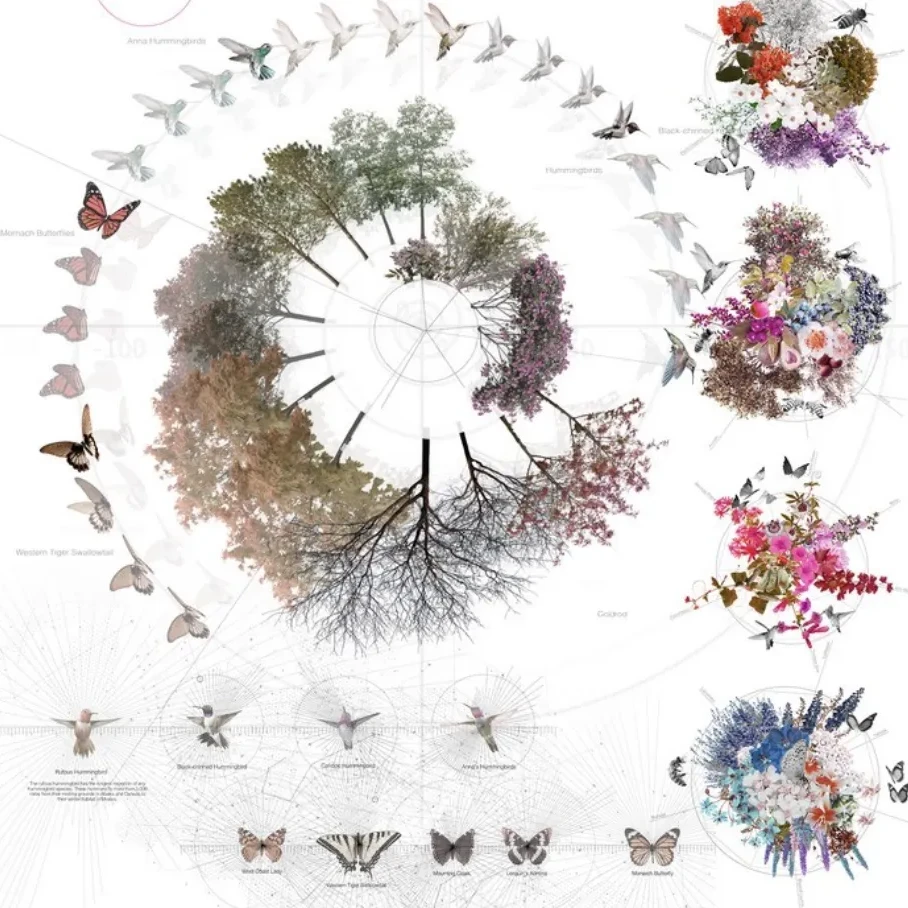Part 1: Equity and Consent in Collaborative Networks

In every area of public concern, we are seeing organizations from all sectors of society — non-profit, business, government and community — digging in to the hard, deep work of equity. The need for equity and inclusion, across race, gender, age, geography, and more, becomes acute when these diverse stakeholders from those multiple sectors come together in collaborative networks to address complex issues and wicked problems from a whole systems perspective.
How decisions get made, and who participates in those decisions, is a key indicator for equity. Past articles have identified the breakthrough that the Consent-based governanceoffers to groups who want to integrate the wisdom and power of diverse people to shape their work together.
Consider the following pressures that are present in collaborative network initiatives:
No one is “in charge.”
The nature of networks is non-hierarchical. While it’s recognized that inclusion is fundamental to achieving the mission, usually participation is entirely voluntary. No one is “in charge” but the success of the mission depends upon widespread participation.
Is this worth my time?
In addition, we’ve never seen a collaborative network that wasn’t made up of very busy people with very demanding workloads. People care deeply about the issues they’ve shown up to help address.
And so everyone is assessing both “Is this worth my time?” and “Is my voice being fairly included?”Beyond a general understanding that good governance will be “consensus-oriented” there’s almost never an agreed upon direction from the beginning about the kind of governance system that works best in that space. They know that they need inclusive processes for making decisions. Yet the group struggles to get to decisions in a way to creates meaningful movement forward.
Consensus baggage: “it takes too long and things don’t get done!”
When groups try to bring that “consensus-oriented” value into practical reality the work can become very bogged down. People who’ve experienced that inefficiency are often resistant to using consensus. For them, the process took too long and things didn’t get done.
There’s a lot of baggage about the way that people implement consensus:
- Thinking everyone needs to be part of every decision.
- Not getting to the interests and needs beneath the positions people are holding.
- Micromanaging people who are taking on responsibility instead of delegating authority with responsibility.
- Assuming their differing opinions about the source of the problems and the nature of the solutions need to be resolved to move forward.
- Avoiding or not having tools to work through conflict.
- Not recognizing and acknowledging power dynamics explicitly.
Sometimes, a group has leaders that are able to hold a process of open dialogue and norms around listening to each other, but, if the leaders leave, it isn’t clear that the group will be able to sustain the cultural norms. Other times, the more powerful players in the room will push things through. Things will move forward, but the quality of decisions won’t be as good, and the initiative might lose engagement.
Consent is an Evolutionary Breakthrough for Consensus
Consensus is a decision-making model. Consent is the foundation for an entire governance system. The principle of Consent within a Range of Tolerance allows us to meet the needs for inclusion and buy-in that also provides a framework that meets the needs for autonomy and action.
Collaborative Networks are like Ecosystems
“Range of Tolerance” is a principle that comes out of ecosystems science. That sense of operating like an ecosystem is a valuable metaphor in collaborative networks.
The nature of the problems they’re trying to address don’t have simple, clear solutions. At every moment the environment is changing; and any action in one part of the system will create an effect, usually unforeseen, in another part of the system.
The Range of Tolerance framework offers clarity because it gives people the language to talk about differences in values and interests without defensiveness.
- It allows people to communicate their own boundaries and objections without negating any other members’ boundaries.
- It provides a communication framework, as well, for people to see where there is common ground.
- It does not use the language of “blocking” or “standing aside from” decisions.
- Instead, it gives people the language to talk about levels of risk (range of tolerance) with different solutions or ideas, and to adapt solutions to mitigate risk.
- It supports decisions that are good enough to try and safe enough to fail.
- It allows groups to delegate authority with responsibility and experience the advantages of shared leadership.
Collaborative networks need processes that allow people to recognize they’re in a different realm and to make space for uncertainty while also allowing them to adapt and respond quickly.
This governance principle, Consent within a Range of Tolerance, gives structure for people to discover ways forward that are experimental, iterative, and can be evaluated and adjusted before irretrievable harm occurs in the system.
Equity and Governance are both about POWER
Being included is not the same as having power; providing feedback is not the same as being a decision-maker. Remember all those busy people I mentioned earlier? The initiative cannot risk their diverse voices being ignored, overrun or out voted. For collaborative networks to succeed in their mission, power must be distributed.

More and more networks (and the organizations that come together to form them) are waking up to the need to center equity in their work if their missions are going to succeed.
Consent-based governance is a great choice for collaborative networks.
This sounds like a bold statement and it is. But we’ve found, in over five years of working with collaborative networks in food systems, economic development, large landscape conservation and more, that this powerful decision-making principle, Consent, helps collaborative networks find the sweet spot between inclusion, equity and forward momentum.
We’ll expand on the relationship between governance, power, equity and consent in Part 2 of this series.
Equity, transparency and creativity embedded into your operations
The Collaborative Governance
Toolkit and Dashboard
Originally published at Circle Forward on November 5, 2018
Related Posts
October 20, 2025
Signals from the Web
September 9, 2025



